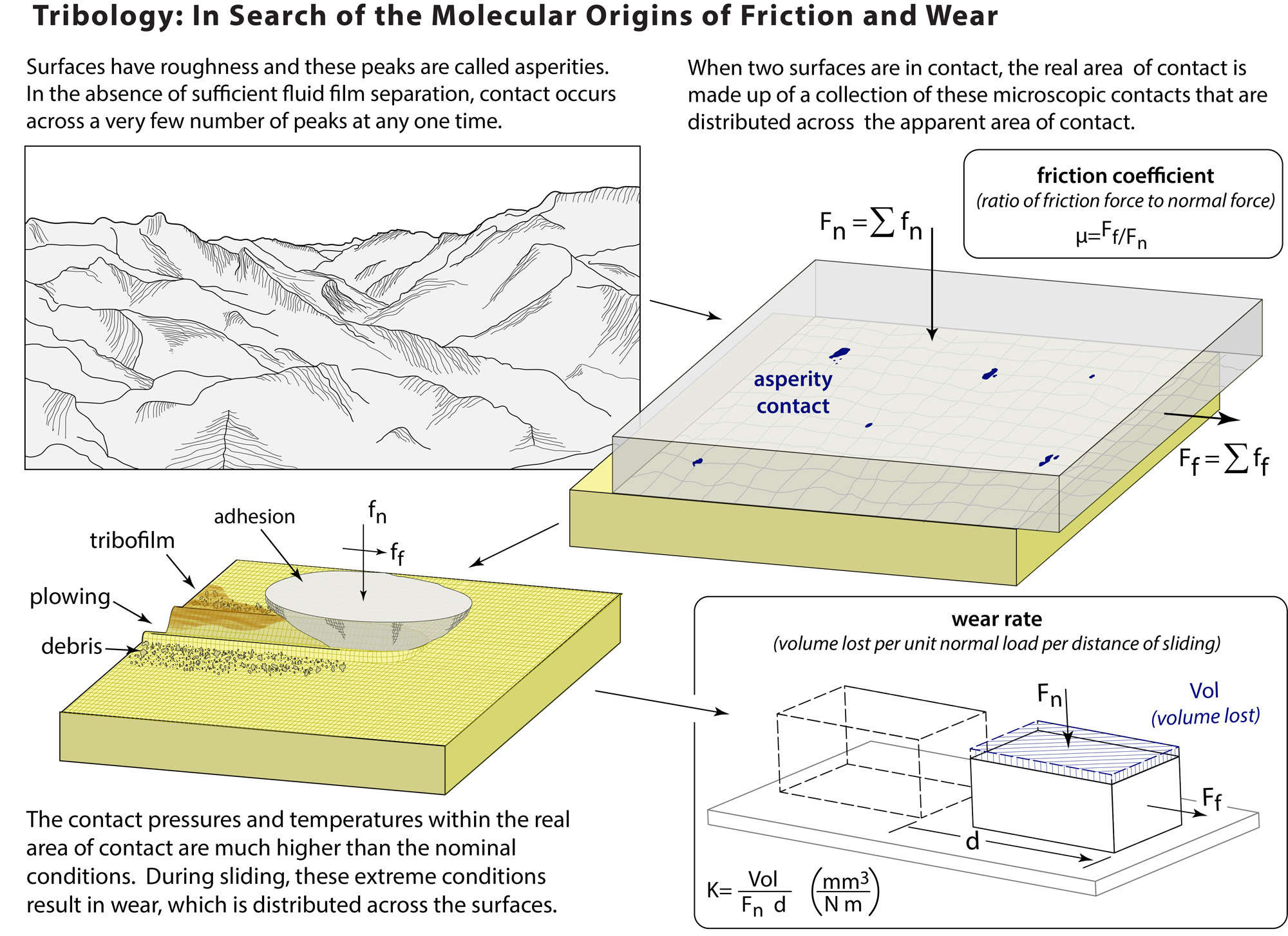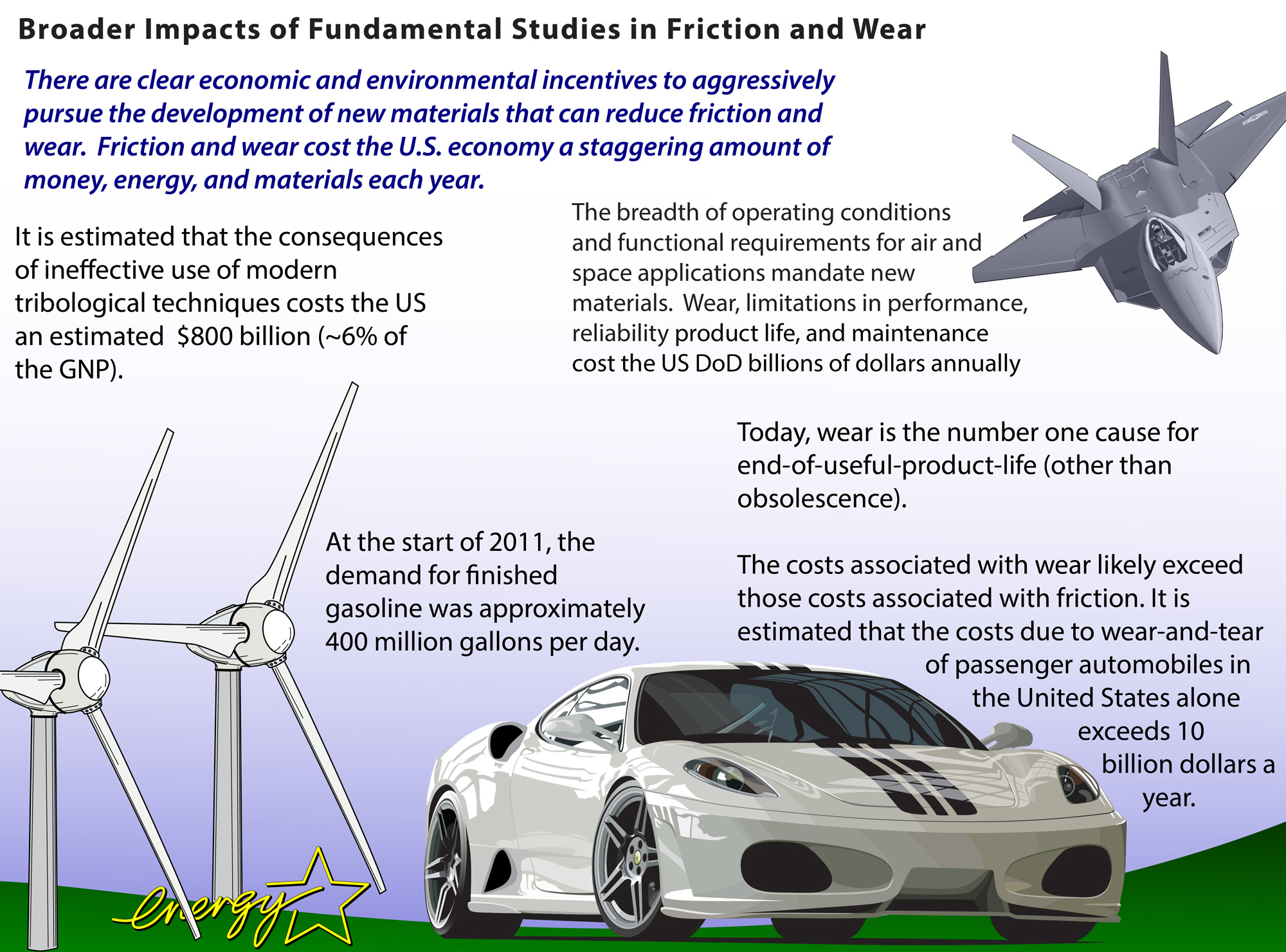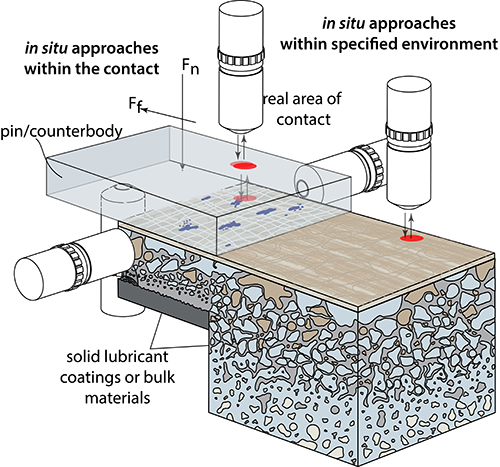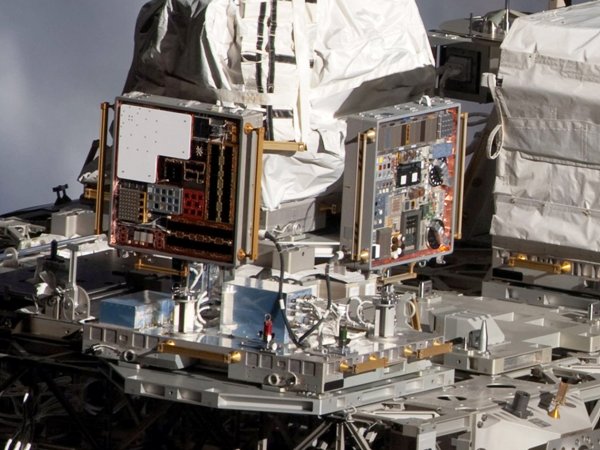Lehigh University
The Tribology Laboratory at Lehigh University
Research
Tribology
Tribology (the study of contacting materials in relative motion) was formally introduced in Jost’s 1966 report on the staggering amount of money wasted due to the friction and wear of materials1. In a more recent report, improvements in frictional losses in passenger automobiles in the next 15-20 years could save the world 1 x 10^11 gallons of gasoline per year, reduce CO2 emission by 1000 (million) tons per year and would result in an energy reduction of 13,472,000 TJ/year1. Improvements gained in automobile lubrication technology would not be limited to use in gasoline powered vehicles, but could be applied to alternatively powered vehicles and can be extended beyond transportation and be used in energy production (in generators and turbines), advances in manufacturing technology and any other system with sliding contacts and frictional losses (industrial equipment and commercial devices). Wear of materials could easily have as much of a functional and economic impact as friction. Replacement of worn components is costly due to component costs, replacement labor costs, losses from equipment downtime and the environmental impacts of discarding components.

The friction and wear behavior of materials depend on many parameters and conditions, including: material pairing, contact geometry, applied normal load, contact pressures, relative sliding speed, material surface topography and roughness, environment, temperature, chemical interactions and sliding configuration. Many mechanical assemblies must work in multiple sliding and environmental conditions (i.e. automobiles, watercraft, satellites and other spacecraft and wind, water and solar energy conversion devices, engine startup vs. steady state).

The present global trend for efficiency, sustainability and the desire to push designs be faster and stronger, last longer and operate in extreme conditions has pushed the fundamental need for material development, specifically in the field of tribology. Advanced tribological materials must be designed and paired for specific, often extreme, environments and operating conditions. Advanced materials could allow engines to operate at higher temperatures and be much more efficient and contribute to the DOE mission as well as realizing the Advanced Manufacturing Office’s goal to develop and deploy new, energy-efficient technologies for manufacturing.





